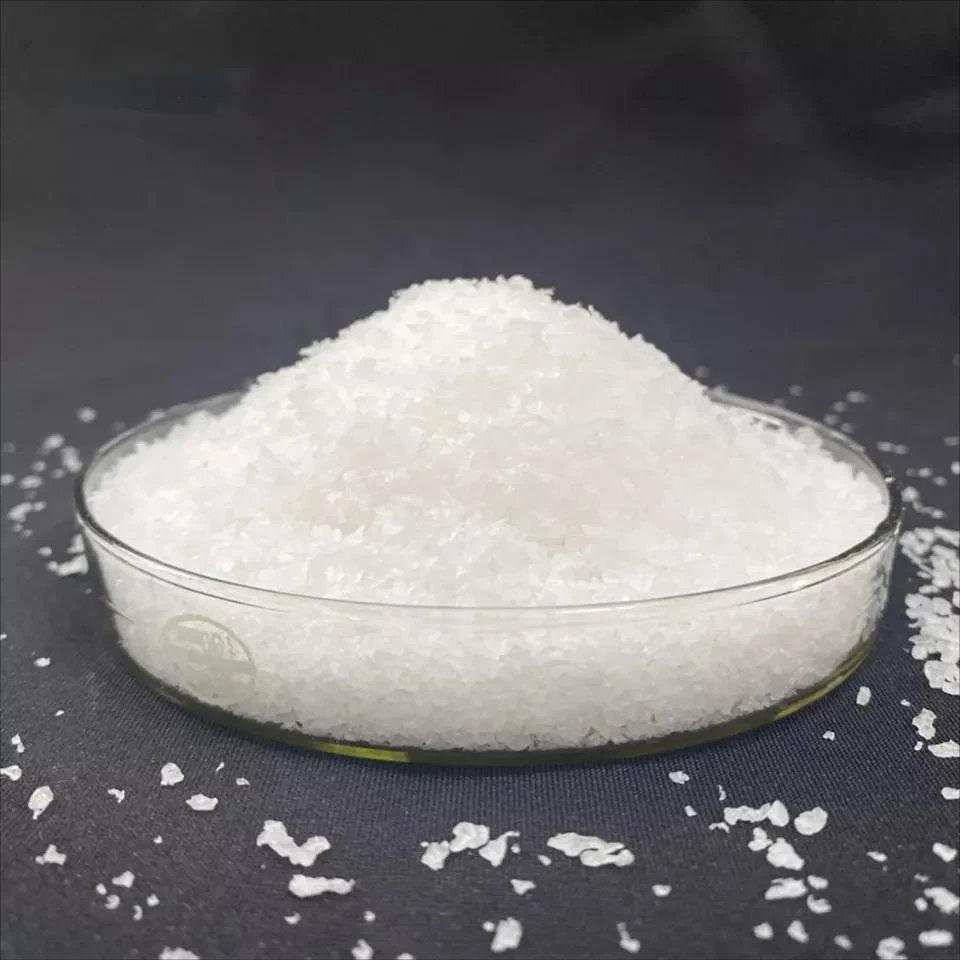The Importance of Cellulose Glue in Modern Applications
Cellulose glue, a versatile and eco-friendly adhesive derived from cellulose, has gained significant attention in various industries due to its remarkable bonding properties and sustainability. This water-based adhesive is primarily made from plant materials, mainly wood pulp, making it an attractive option for environmentally conscious consumers and manufacturers alike. In this article, we will explore the characteristics, advantages, applications, and future prospects of cellulose glue.
Characteristics of Cellulose Glue
Cellulose glue is generally known for its excellent adhesion qualities, especially on porous surfaces such as wood, paper, and cardboard. The adhesive is created through a process that involves modifying the cellulose fibers to enhance their binding capabilities. It can be used in both liquid and powder forms, allowing for versatility in application. Once applied, cellulose glue dries clear, providing an aesthetically pleasing finish that is often sought after in arts and crafts projects.
One of the most notable features of cellulose glue is its low toxicity. Unlike many synthetic adhesives that contain harmful solvents and chemicals, cellulose glue is safe for both indoor and outdoor use. This characteristic is particularly important in applications that require close contact with children or pets, as it minimizes the risk of harmful exposures.
Advantages of Cellulose Glue
The benefits of cellulose glue extend beyond its safety and versatility. One of the primary advantages is its strong bonding capability. When applied correctly, cellulose glue can form a durable bond that withstands various environmental conditions, including humidity and temperature fluctuations. This durability makes it an excellent choice for woodworking, bookbinding, and other crafts that require a reliable adhesive that can handle stress.
Additionally, cellulose glue is easily cleanable with water before it dries, allowing for hassle-free application and cleanup. This property is particularly beneficial in workshop settings or production lines where precision is essential. It also means that any excess adhesive can be wiped away without leaving permanent marks, making cellulose glue user-friendly for both professionals and hobbyists.
Another significant advantage is its biodegradability. As cellulose glue is derived from renewable plant materials, it does not contribute to environmental pollution when disposed of properly. This feature aligns with the growing demand for sustainable materials in the market, making cellulose glue a preferred option for eco-conscious consumers.
cellulose glue

Applications of Cellulose Glue
The applications of cellulose glue are diverse, spanning across multiple industries. In the woodworking sector, it is commonly used for furniture assembly, veneer bonding, and laminate applications. Its strong adhesion and resistance to moisture make it ideal for cabinetry and other wood products that encounter varying humidity levels.
In the field of arts and crafts, cellulose glue is favored by artists and crafters due to its ease of use, safety, and excellent bonding properties. Whether for scrapbooking, model building, or general crafting, this adhesive provides a reliable solution that doesn’t compromise on quality.
Moreover, cellulose glue is extensively utilized in the paper industry, particularly for bookbinding and packaging. Its ability to bond paper securely makes it indispensable for restoring old books or creating new publications. Additionally, the adhesive is popular in the production of paper products such as greeting cards and stationery, where aesthetics and functionality are equally crucial.
Future Prospects
The future of cellulose glue looks promising, driven by the growing trend toward sustainability and environmentally friendly products. As manufacturers and consumers become more aware of the need for eco-conscious choices, the demand for cellulose glue is expected to rise. Innovations in cellulose-based adhesives may further enhance their properties, making them even more competitive against synthetic alternatives.
Research and development in bio-based adhesives also indicate that cellulose glue may evolve to cater to more specialized applications, such as construction and automotive industries. The potential for creating stronger, more versatile formulations could open new doors for cellulose adhesives.
Conclusion
In summary, cellulose glue stands out as a sustainable, safe, and effective adhesive suitable for a variety of applications. Its notable features, including strong bonding capabilities, low toxicity, and biodegradability, make it an appealing choice for both professional and casual users. As the world moves towards greener alternatives, cellulose glue is well-positioned to play a crucial role in our adhesive needs, paving the way for a more sustainable future. Whether for woodworking, arts and crafts, or paper products, cellulose glue offers an exceptional solution that aligns with modern environmental demands.




